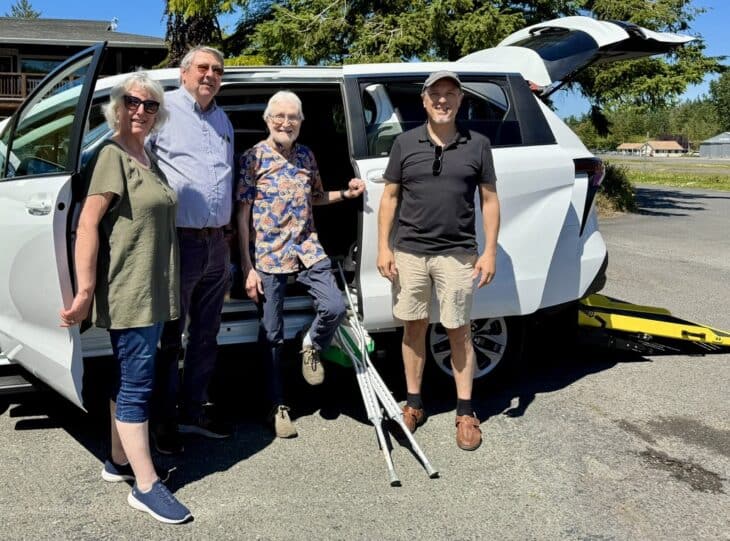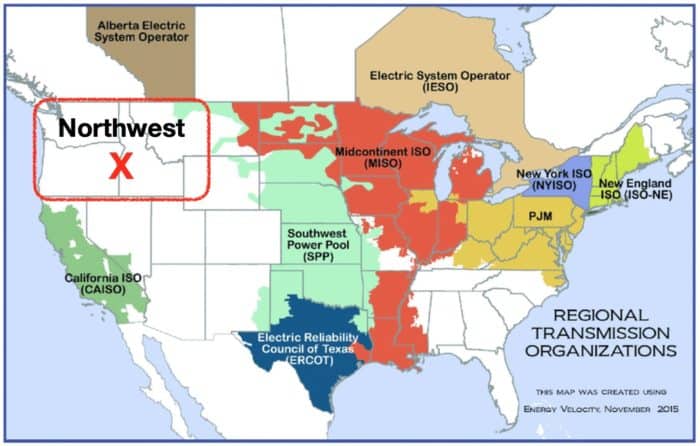Questions and Answers about OPALCO’s 700 MHz Frequency Purchase
Q: How will OPALCO members benefit from putting this frequency spectrum to work?
A: There are many opportunities to use the frequency to benefit all OPALCO members, including:
- Communications with field crews and monitoring of vehicles to improve safety.
- Allowing field personnel to manage outages by using mobile data to view information and control necessary equipment.
- Giving us tools to improve system reliability and minimize affected outage areas by monitoring and controlling devices in remote areas where fiber optic connections would be extremely expensive.
- The ability to monitor and control locally generated renewable energy sources to reduce imported power costs.
Beyond helping manage the electric system, the frequency license will provide other benefits to the community as well, including:
- Improved first responder coverage, including two-way communications and medical data transmission.
- Broadband service for our community. Our members are clamoring for faster, more reliable Internet connections, but the challenging physical environment of the islands makes it extremely expensive to expand fiber optic service. The 700 MHz frequency range can provide good coverage. Once it is connected into our grid control backbone, our members will be able to connect wirelessly, thus utilizing our backbone for Internet connections at a far lower cost than connecting via fiber optics.
Q: Technologies are constantly changing. How will OPALCO ensure that this investment in wireless technology will not become obsolete?
A: OPALCO will be utilizing the same Long Term Evolution (LTE) advanced wireless technology currently being used by the major wireless communications companies (like Verizon and AT&T). The LTE standard was designed from the start to evolve over time, and OPALCO will be diligent in evolving its wireless infrastructure to remain current, in practical and cost effective ways.
Q: Where will the antennas be placed?
A: OPALCO plans to utilize low power antennas placed in proximity to the fiber optic network end points along the grid control backbone, initially focused on roadways. This strategy is designed to minimize the physical and electronic intrusiveness commonly associated with larger, more powerful antennas. Strategically placing these smaller radio antennas will also allow for more flexibility in physical placement, better wireless performance, and lower overall costs.
Q: Will this wireless capability help provide better cell phone service for the County?
A: OPALCO will allow cell phone providers to access our infrastructure at the cost of service – like any other member – which could improve cell phone service. Currently, there are no proposals from cell phone companies to do so.
Q: When will this frequency spectrum become available to OPALCO members for broadband use?
A: The initial wireless installations will be for crew communications and will begin later this year. Installations for wireless broadband use will follow closely, based on network availability and member demand. We expect the first member connections for wireless broadband service to be established in 2015. Locations for wireless broadband installations will be limited to areas where OPALCO has fiber optic or high speed wireless networks to backhaul the broadband data. As OPALCO builds out the grid control backbone, wireless broadband will become available at more locations.
Q: Will all OPALCO members’ electric bills rise to pay for broadband connections, even if they don’t use the broadband service?
A: No. All members pay for the expansion of our grid control network to manage our automated electric grid. Only those who choose to connect to the grid for broadband services will pay for those broadband connections.
Q: How much will OPALCO spend to implement the wireless network enabled by this license?
A: There is $7.5 million budgeted in 2014-2016 for expansion of the grid control network, which includes both fiber optic and wireless technologies. The four-year construction work plan includes expansion projects for each year; the Board approves the capital projects budget each fall to determine which projects will go forward.
Q: Is there a separate business plan for this wireless capability, showing how this purchase makes financial sense?
A: There is no separate business plan for the acquisition of the spectrum license; it is a part of our construction work planning process regulated by the USDA’s Rural Utility Service. This purchase is an investment in safety for OPALCO field crews, control of our electrical distribution system, and the provision of services by local first responders. A business plan for how Island Network would offer our members access to the wireless infrastructure for broadband services is under development.



